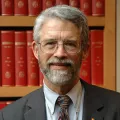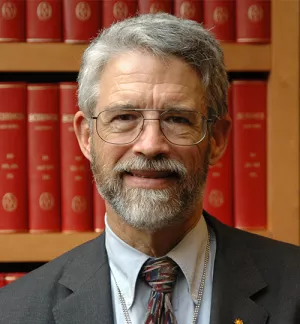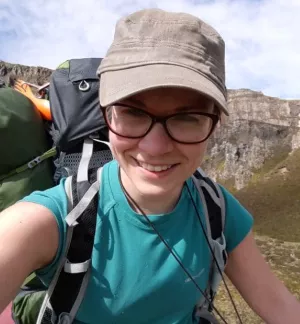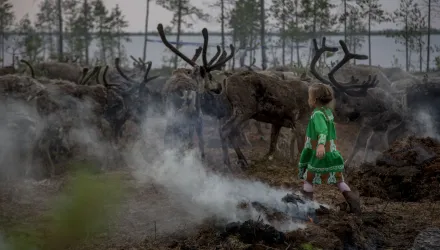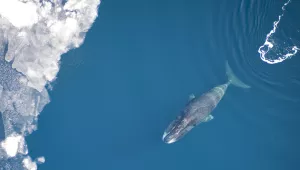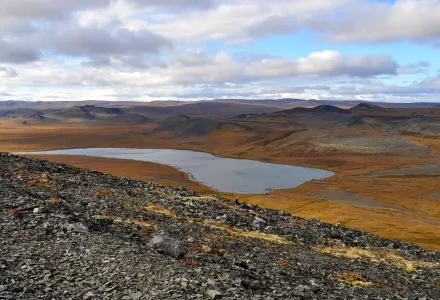
Abstract
Rapid Arctic warming has intensified northern wildfires and is thawing carbon-rich permafrost. Carbon emissions from permafrost thaw and Arctic wildfires, which are not fully accounted for in global emissions budgets, will greatly reduce the amount of greenhouse gases that humans can emit to remain below 1.5°C or 2°C. The Paris Agreement provides ongoing opportunities to increase ambition to reduce society's greenhouse gas emissions, which will also reduce emissions from thawing permafrost. In December 2020, more than 70 countries announced more ambitious nationally determined contributions as part of their Paris Agreement commitments; however, the carbon budgets that informed these commitments were incomplete, as they do not fully account for Arctic feedbacks. There is an urgent need to incorporate the latest science on carbon emissions from permafrost thaw and northern wildfires into international consideration of how much more aggressively societal emissions must be reduced to address the global climate crisis.
Natali, Susan M, John P. Holdren, Brendan M. Rogers, Rachael Treharne, Philip B. Duffy, Rafe Pomerance and Erin MacDonald. "Permafrost Carbon Feedbacks Threaten Global Climate Goals." Proceedings of the National Academy of Sciences of the United States of America, vol. 118. no. 21. (May 25, 2021)
The full text of this publication is available via Proceedings of the National Academy of Sciences of the United States of America.


